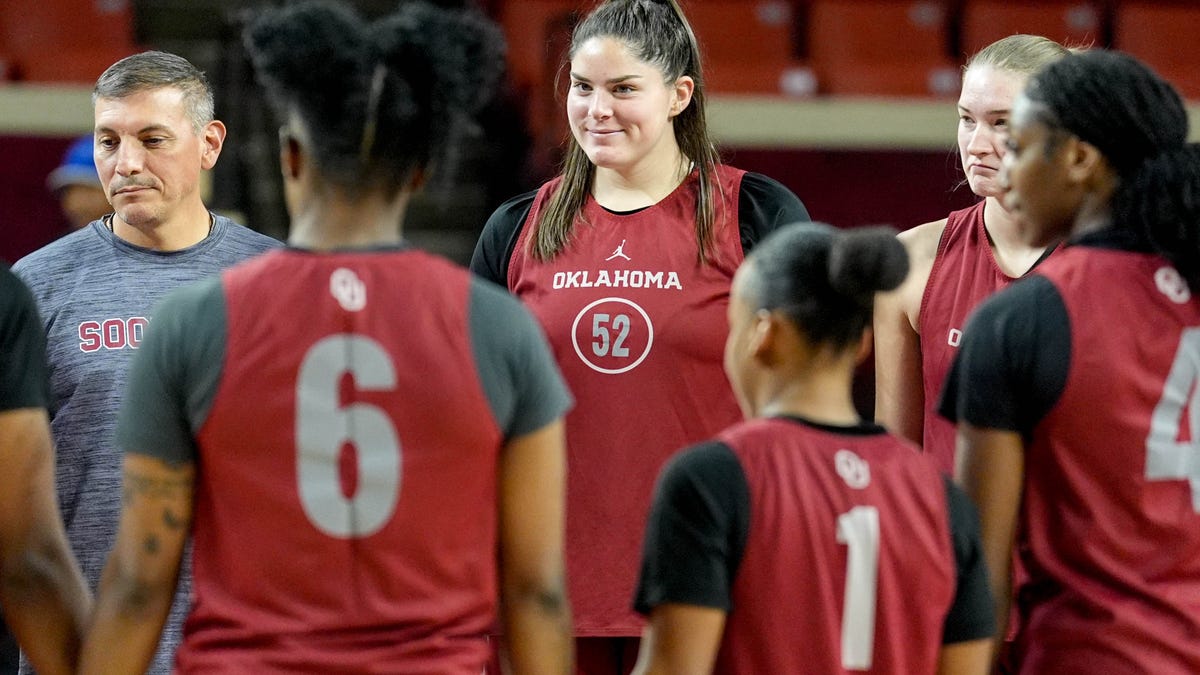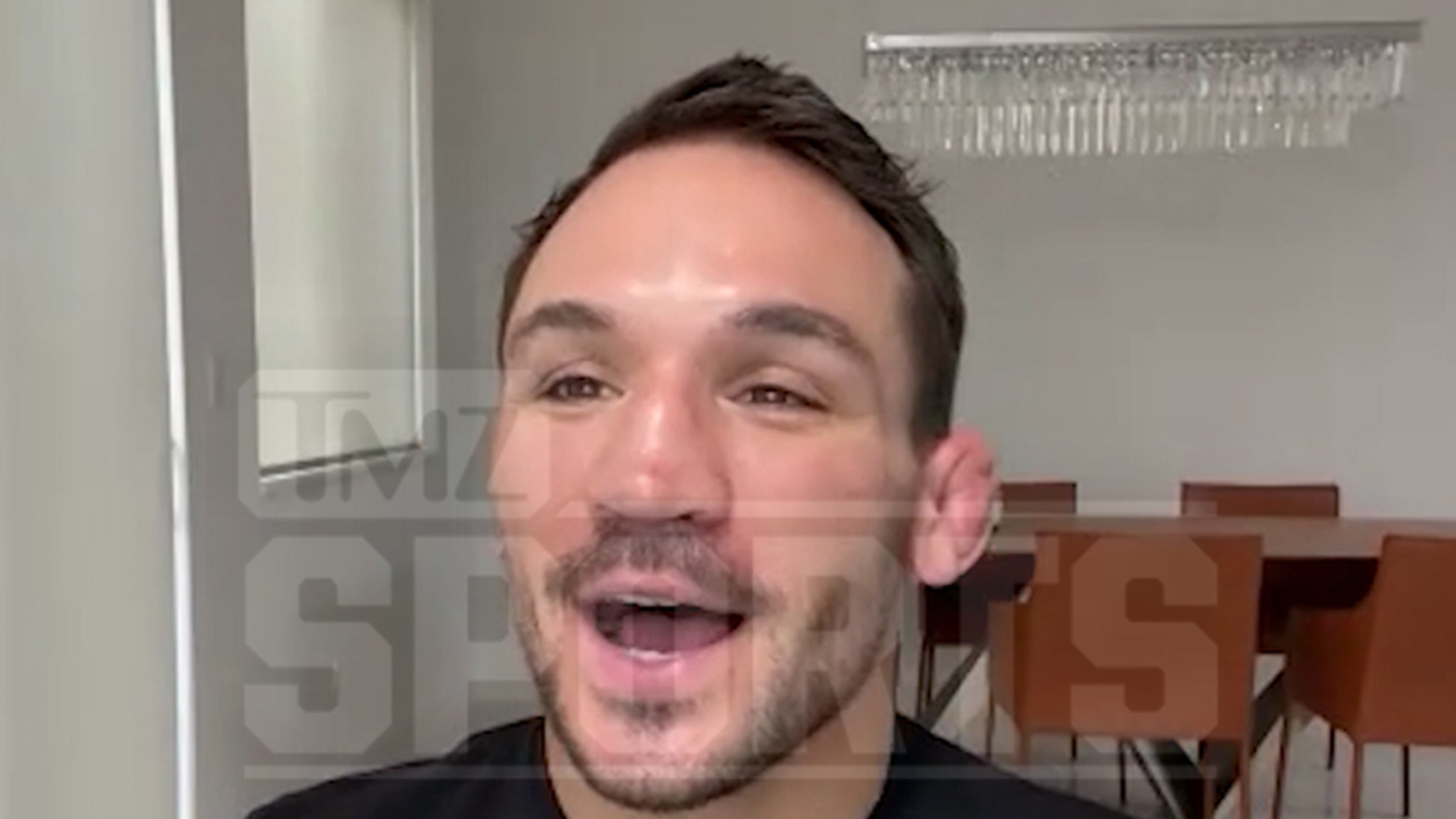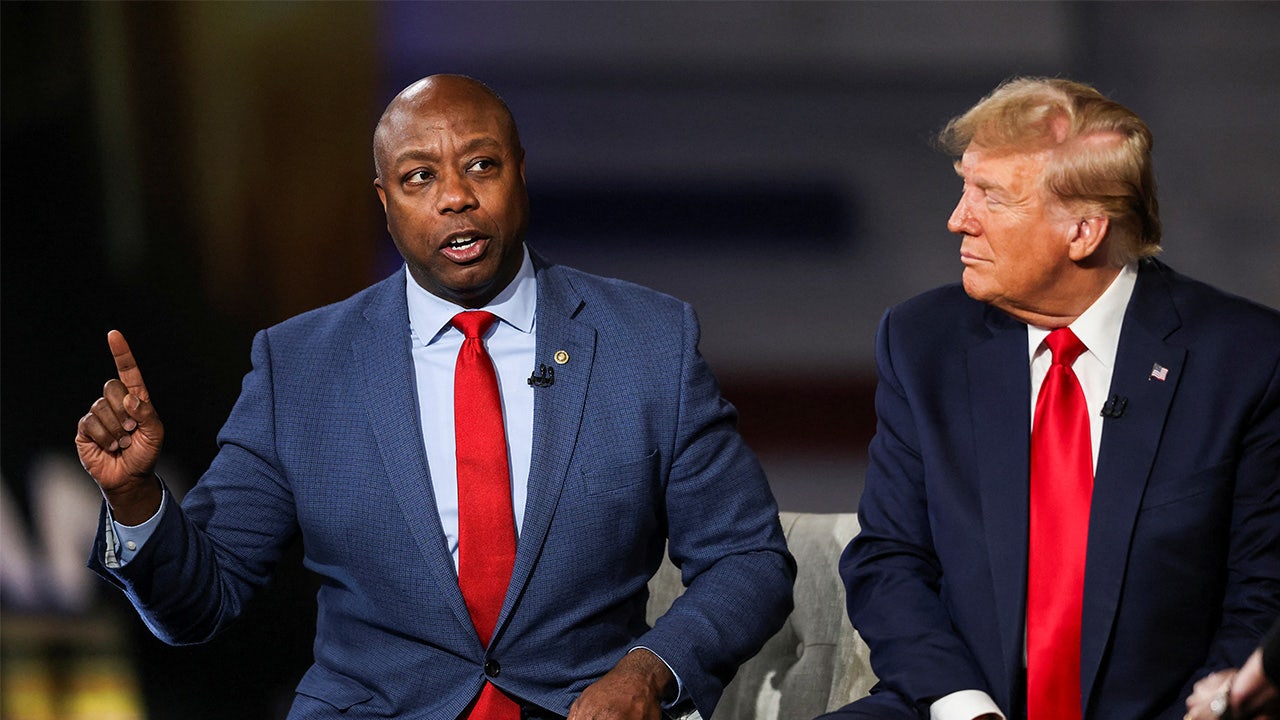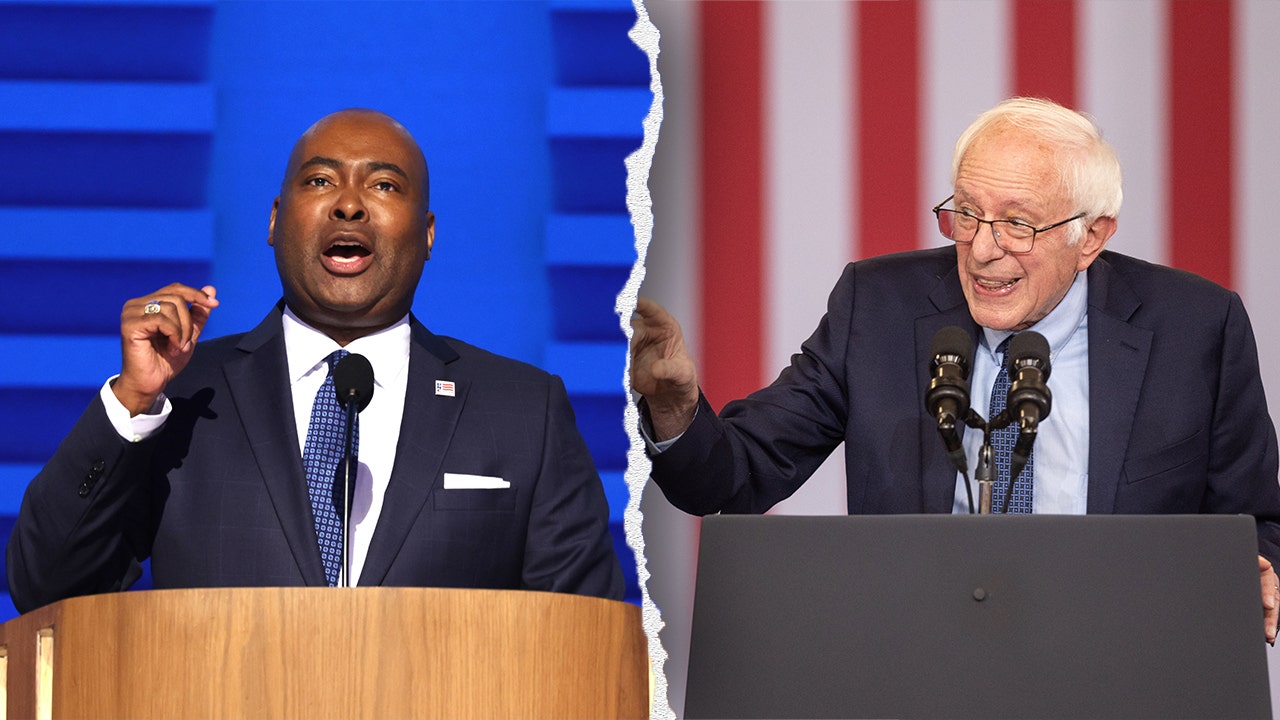Arizona
Arizona cities offering money incentives to residents in bid to reduce water use: Here’s what to know

PHOENIX – From $800 to $1,000, and even $5,000, some Valley cities are dangling money incentives to residents, in the hope they will cut their water use amid the state’s ongoing crisis.
The programs are a direct result of cities grappling with a future of less water from the Colorado River.
Here’s what you should know.
Why are cities trying to get people to use less water?
As mentioned above, cities are doing so due to cuts in Colorado River water allotments.
According to the Arizona Department of Water Resources, the Colorado River provides water to over 40 million people and more than four million acres of farmland in seven so-called “basin states,” which includes Arizona. However, the Associated Press has noted that the Colorado River cannot provide the water they were promised a century ago because of less snow, warmer temperatures and water lost to evaporation.
“The last 20 years, we’ve been in drought conditions, and so we are not able to deliver all the water to the different people as they’ve expected over time,” said Dr. Sharon Megdal, Director of University of Arizona’s Water Resources Research Center. “The Federal government is saying in order to keep the system operational, in order to keep water flowing below the dams, we have to use less because nature is not providing the water supplies it did in the past.”
Several states along the Colorado River basin have struck a deal to collectively conserve 3 million acre-square feet of water, over the course of three years.
Also read: Arizona cities dealing with water issues as megadrought continues: here’s what you need to know
Didn’t we get a lot of rain in recent months? Doesn’t that mean our water crisis is over?
Arizona did enjoy a wet few months prior to the summer season, which resulted in higher snowpack levels, as well as higher water levels at a number of lakes and reservoirs.
State water experts, however, say there is a different between short term drought resolution and long term dough conditions.
“Really understanding where we stand in the long term, if we go back to 1994 or for the last 29 years, if we look at that, we’ve had 20 years that have been deficit, that have been drier than normal, and we’ve only had nine that have been wetter than normal. So taking that into context is really important,” said Arizona State Climatologist Erinanne Saffell.
What are the cities offering to residents?
Some cities offering money to help save water
As Arizona continues to deal with a decades-long drought that is constraining water supplies, some cities are doing what they can to conserve water, including money rebates for residents. FOX 10’s Lauren Clark reports.
Chandler
Officials with the City of Chandler offer a number of rebates and incentive programs, including a $200 rebate (subject to approval) for xeriscape landscape at homes.
The East Valley city also offers a rebate for removing grass and replacing it with low water use plants, and a rebate program for residents who install a smart irrigation controller that takes weather and soil conditions into account for landscape irrigation schedules.
You can get more information here.
Gilbert
Under a new rebate program, Gilbert residents can receive up to $800 for removing their grass and replacing it with low-water-use landscaping.
You can get more information here.
Peoria
Officials in the West Valley city state, on their website, that a number of rebate are being offered, including:
- High efficiency toilet for residences
- Smart irrigation controller
- Tree panting
- Xeriscape installation
- Xeriscape conversion
You can get more information here.
Scottsdale
City officials in Scottsdale are offering rebates for turf removal. The rebates come in at $2 per square foot, up to a total of $5,000.
“We don’t want to use any more than we have to, as we build our desert city,” said City of Scottsdale Water Policy Manager Gretchen Baumgardner.
Baumgardner said people are interested in the program.
“The interest in that has grown by 400%,” said City of Scottsdale Water Policy Manager Gretchen Baumgardner.
The city also has a new ordinance in place that bans grass landscapes in the front yard of new homes. The ordinance takes effect in August.
Surprise
City officials say they are accepting applications for rebates from city water customers who:
- Install a WaterSense-labeled irrigation controller
- Install xeriscape landscape for new single-family homes
- Remove turf
You can get more information here.
Tempe
The City of Tempe, on their website, lists a number of rebates they are offering for single-family homes, multi-family homes or HOAs, and commercial sites. The rebates include:
- Turf replacement
- Purchase of desert plants
- Installation of high-efficiency toilet or other fixtures
- Upgrading irrigation system with high-efficiency devices
- Gray water recycling
You can get more information here.
Are there cities that are NOT offering rebates or incentives?
Yes.
On their website, officials with the City of Phoenix say the city does not give rebates to encourage water use reduction.
Despite that, officials say the city has managed to reach water conservation goals set by the ADWR.
“Phoenix’s residential gallons per capita per day (GPCD) use of water has fallen roughly 30% over the last twenty years. Phoenix customers are using less water than in 1996, despite adding 360,000 residents,” read a portion of the website.
City officials say they fund programs that teach residents how to use water responsibly, and officials did not rule out rebate programs in the future.
“While incentives such as rebates have not been necessary due to residents voluntary adoption of conservation measures, Phoenix could adopt them in the future. Phoenix residents have done an excellent job voluntarily adopting to a desert lifestyle, this increases water efficiency without Phoenix having to pay residents to do so,” a portion of the website read.
Besides conserving water, are there any plans to increase the state’s water supply?
A number of plans to increase Arizona’s water supply, such as reclaiming wastewater and desalination, have been considered. The plans, however, have their own pros and cons.
Read More: As Arizona looks to desalination as a drought solution, questions mount over its feasibility for the state
Also read: Is reusing wastewater a solution for Arizona’s water woes?
Explainer: What you should know about desalination

Arizona
Ruben Gallego leads Kari Lake for Arizona US Senate seat

PHOENIX — U.S. Rep. Ruben Gallego’s lead over Kari Lake in the race for Arizona’s open U.S. Senate seat continued to decrease as of Thursday night.
Drops from multiple counties, including about 70,000 votes from Maricopa County, cut Gallego’s advantage to 49.8%-48.1% — a difference of 1.7 percentage points (43,698 votes), with about 2.6 million votes tallied as of Thursday evening, according to the Arizona Secretary of State’s Office results page.
As of Thursday morning, Gallego’s advantage was 52,578 votes as tallies from Republican-heavy rural counties were unveiled.
Green Party candidate Eduardo Quintana was pulling about 2%.
Gallego’s lead fluctuated for most of Wednesday as those rural counties that reported results earlier in the day favored Lake. Maricopa County, the state’s largest county by far, released the results of about 175,000 votes slightly favoring the Democrat in two evening drops.
Gallego was leading Lake by 5.4 points in the initial results posted after the polls closed Tuesday night.
The winner will replace Kyrsten Sinema, an independent who did not seek reelection.
Regardless of who wins the Arizona race, Republicans will win control of the Senate, giving a boost to Donald Trump’s agenda as he returns to the White House.
Who are Ruben Gallego and Kari Lake?
Gallego is the representative for Arizona’s 3rd Congressional District, which covers most of south, west and downtown Phoenix. The Marine veteran has served five terms in the U.S. House.
Gallego entered the race in January 2023 and ran unopposed in the July primary election.
Lake, the Republican candidate, is one of Arizona’s most well known political figures and popular in GOP circles.
Lake, recognizable in the Phoenix market from her years on TV before getting into politics, built an enthusiastic following among Republicans with her unflinching support for Donald Trump and her steadfast promotion of false claims of election fraud.
She lost the 2022 Arizona gubernatorial election to Democrat Katie Hobbs in her first run for office. Lake has since unsuccessfully fought the results of the 2022 election in court.
Lake entered the race in October 2023 and defeated Pinal County Sheriff Mark Lamb in the primary.
Arizona
Who won the popular vote in 2024? Latest results as Trump projected to win election

With a win in Wisconsin early Wednesday, Donald Trump cleared the 270 electoral votes needed to clinch the presidency. But his exact margin of victory is still unclear — there are two presidential races that haven’t been called.
Those two races are Arizona and Nevada.
Officials in Arizona’s Maricopa County said late Wednesday they’ve got more than 700,000 ballots left to count, which means the races for president and senate were too early to call.
The Associated Press estimates there are at least a million ballots to be added to the results in Arizona. County election officials were expected to firm up those numbers on Thursday.
In Nevada, the AP estimated late Wednesday evening that there were more than 200,000 ballots left to count — including more than 130,000 in Clark County. Given the narrow margins in the races for president and U.S. Senate, both remain “too early to call,” according to NBC News.
See the latest results here:
Beyond the electoral votes, Trump also appeared poised to win the popular vote.
As of Thursday morning, results showed Trump had 72.8 million votes to Harris’ 68.1 million.
While Republicans took control of the White House and the Senate, the fate of the House also remained too close to call.
The House contests remained a tit-for-tat fight to the finish, with no dominant pathway to the majority for either party. Rarely, if ever have the two chambers of Congress flipped in opposite directions.
A few individual seats, or even a single one, will determine the outcome. Final tallies will take a while, likely pushing the decision into next week — or beyond.
Arizona
It takes days to finalize election results in Arizona. Here’s why
When will Arizona see election results? Answers to ballot counting questions
Arizona voters might not see full results until several days after Election Day 2024. Here’s a look at why.
The Republic
It’s the never-fail complaint the day after an Arizona election: It takes so long to get results.
“Why is Arizona so far behind in counting votes?” a Reddit user asked journalists from The Arizona Republic in an AMA conversation Wednesday.
Blame the early ballots that get dropped off on Election Day at the polls. Stir in increasingly competitive contests, and it adds up to days’ worth of waiting for a definitive result. Maricopa County estimated vote counting would run 10-13 days before every ballot is counted.
But help is on the way, if voters are willing to exercise a little patience.
A speedier option
Starting in 2026, voters who are rushing to drop off their early ballot on Election Day have the option of showing their ID at the polls, opening their early ballot envelope on site and feeding the ballot into the vote-counting machine.
That way, the ballot will get immediately recorded, saving hours of time that currently goes to checking the validity of the voter signature on the ballot envelope.
This is the result of a bipartisan bill lawmakers approved in February. It’s intended to speed up the voting counting process.
But there’s a hitch: It’s optional and it remains to be seen if voters showing up close to the voting deadline will slow down to stand in a line and show ID.
Rep. Alexander Kolodin, who sponsored the bill that made the change, said if voters understand that the tradeoff of taking a few extra minutes at the polls would speed up results, the new procedure could end many of the complaints.
“The more voters who choose to present ID, it can only be a plus,” the Scottsdale Republican said. He noted voter behavior can shift quickly: He pointed to GOP voters, who four years ago were urged to spurn early voting. This year, they got the opposite message and they embraced it.
That was proven by returns that showed Republicans outpacing Democrats in turning in their early ballots early.
Days of waiting is routine
The delay that has become a hallmark of Arizona elections is due to the many options Arizona offers its voters. They can get a mail-in ballot and return it via the mail, pop it in a drop box, or take it in person to an early voting center.
Then there’s the late-early voter.
“We have a substantial number of voters who take their early ballot and they kind of keep it on their kitchen counter for like three weeks, ” Kolodin said.
As Election Day nears, they realize they haven’t voted and they use yet another option: dropping it off at the polls. It’s quick and easy; they can avoid the line and deposit their sealed ballot in a box at the local vote center.
But those ballots take time to process because election officials have to verify that the signature on the ballot envelope matches that on the voting register. Verification can take time, especially if there are questions about the signature. The law allows five days to “cure” such ballots.
On Tuesday, 225,118 early ballots got dropped off at the vote centers in Maricopa County, the state’s most populous.
There’s also the factor of close elections. The Arizona state legislative races this year are a prime example. As of late Wednesday afternoon, Senate candidates in the east Phoenix/Scottsdale Legislative District 4 are separated by just 38 votes with 700,000 ballots yet to be counted in Maricopa County.
Two years ago, it took until late December for Democrat Kris Mayes to be declared state attorney general. She won by 280 votes after an automatic recount.
Donald Trump holds a 112,176-vote lead over Kamala Harris in the race where 2.3 million votes have been cast thus far and hundreds of thousands of Arizona ballots have yet to be counted.
Make early ballots come in early
Kolodin said he’s toying with legislation that could further accelerate the vote count.
It would require all early ballots to be returned in advance of Election Day, such as the Friday before. That would give county election officials time to verify the voter signature on the envelopes and get the ballots ready for tabulation ahead of the Election Day rush.
If a ballot were not in by that cutoff date, the voter would have to go to the polls on Election Day to cast a ballot.
It’s an idea that’s been broached before. It takes away one of the very convenient aspects of Arizona voting. But it would reduce the complaints and queries that, for decades, have followed an Arizona election.
Reach the reporter at maryjo.pitzl@arizonarepublic.com or at 602-228-7566 and follow her on Threads as well as on X, the platform formerly known as Twitter @maryjpitzl.
Support local journalism. Subscribe to azcentral.com today.
-
Business7 days ago
Carol Lombardini, studio negotiator during Hollywood strikes, to step down
-

 Health1 week ago
Health1 week agoJust Walking Can Help You Lose Weight: Try These Simple Fat-Burning Tips!
-
Business6 days ago
Hall of Fame won't get Freddie Freeman's grand slam ball, but Dodgers donate World Series memorabilia
-

 Culture5 days ago
Culture5 days agoYankees’ Gerrit Cole opts out of contract, per source: How New York could prevent him from testing free agency
-

 Culture4 days ago
Culture4 days agoTry This Quiz on Books That Were Made Into Great Space Movies
-
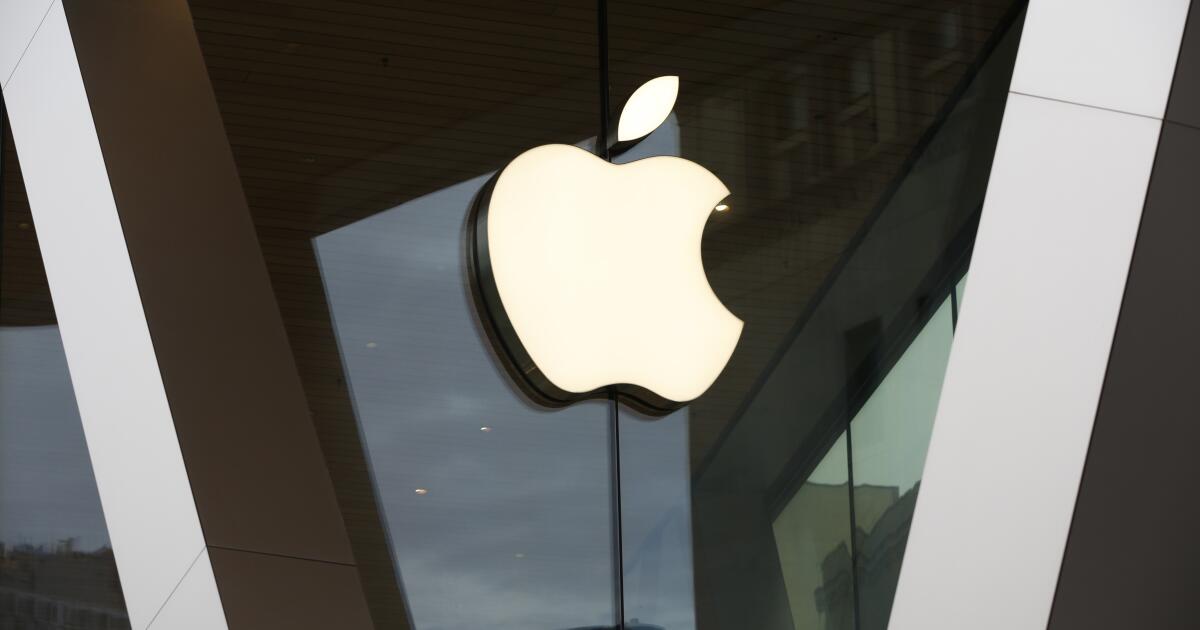
 Business1 week ago
Business1 week agoApple is trying to sell loyal iPhone users on AI tools. Here's what Apple Intelligence can do
-
/cdn.vox-cdn.com/uploads/chorus_asset/file/25299201/STK453_PRIVACY_B_CVirginia.jpg)
/cdn.vox-cdn.com/uploads/chorus_asset/file/25299201/STK453_PRIVACY_B_CVirginia.jpg) Technology6 days ago
Technology6 days agoAn Okta login bug bypassed checking passwords on some long usernames
-
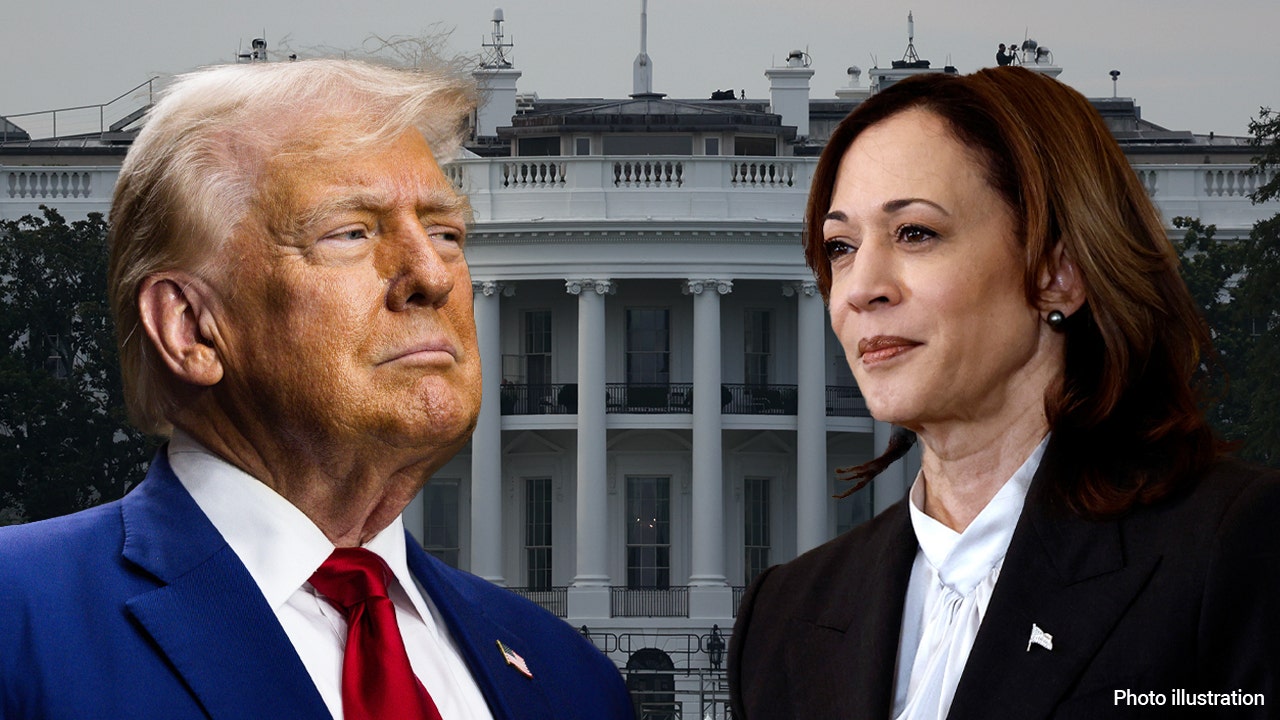
 Politics1 week ago
Politics1 week agoTrump pledges 'America's new golden age' as he rallies in PA's post-industrial third-largest city
